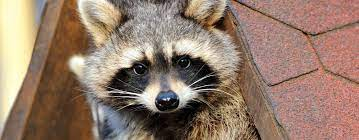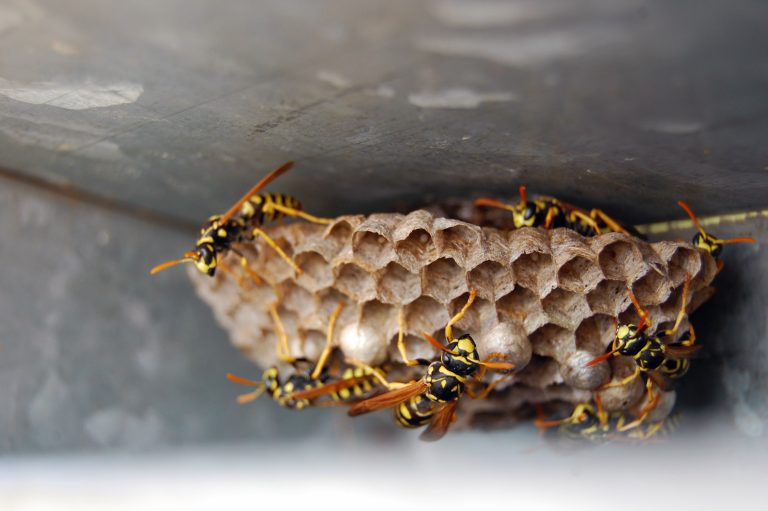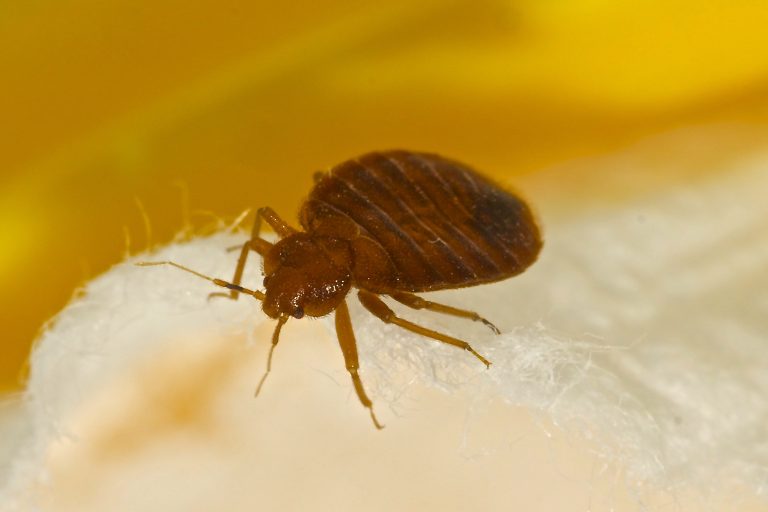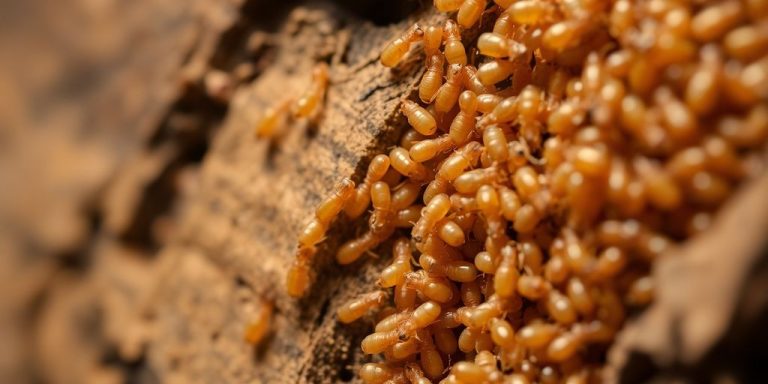Something running around in my ceiling
If you’ve ever been woken up by something that sounds like a cat or dog, but isn’t, you know how frustrating it can be. It’s even worse if you’re the one who has to deal with the animal on a daily basis.
something running around in your ceiling that can be seen from the outside, and it is not a power line. If you think your ceiling is leaking, first try to see if the leak is coming from a possible break in the roof. If it is not, then look for other possibilities. It could be a leak inside the wall or an air leak. If you do find a leak, it should be repaired as soon as possible, because water damage can lead to mold.
Scratching sounds from other nocturnal animals
There are many nocturnal animals that can make scratching noises, and the specific type of animal that is making the noise can often be difficult to determine just by the sound alone. Some common nocturnal animals that are known to make scratching noises include rodents such as rats and mice, as well as larger carnivorous mammals such as raccoons, opossums, and even bears. It is also possible that the scratching noise is being made by a bird, such as an owl or a nightjar. If you are hearing noises don’t forget it can be from a wild animal making loud noises.
If you are hearing scratching noises at night and are concerned about the presence of an animal in or around your home, it is always a good idea to take precautions to protect yourself and your property. This may include sealing up any openings or holes where an animal could potentially enter, removing any potential food sources that might attract animals, and using traps or repellents to deter them from coming back. If you are unable to identify or remove the animal on your own, it may be necessary to contact a professional wildlife control company for assistance.
How can I tell what animal is in my ceiling?
Animals in the ceiling are not easy to find. To figure out which animal is in the ceiling, you should check the roof and the area around it. Look for any markings, scratches, or holes in the ceiling. Once you find the mark or the hole, you’ll be able to tell what animal is in there.
Animals usually stay in their home. They do not move around very much. However, some animals do change their habitat from time to time. For example, rabbits might move around to different places. It is difficult to tell what kind of animal is in the ceiling. There are lots of creatures in the ceiling of a house. Some of them live in the attic and some of them live in the wall or the floor. Sometimes, these creatures can be found in the kitchen.
How can I tell what animal is in my ceiling? I can’t even remember what my cat is up to right now, let alone a squirrel or spider. To solve this problem, I’ve started using my iPhone’s camera as an extension of my vision. Now when I look up, I can snap a photo of whatever is in the air. With a little Photoshop magic, it’s easy to apply a filter to the photo to see the animal in question. You can try it too. Just turn your phone so the front-facing camera is pointed up towards the ceiling. Then, take a picture of your ceiling.
How do I get rid of animals in my ceiling?
To get rid of them, you need to find some way to get rid of them. The first thing that you can do is to use a vacuum cleaner. After you get the vacuum cleaner, turn on the vacuum cleaner, and then vacuum the area where the animal is living. Next, you can spray pepper with vinegar. This will cause the animal to leave because it will taste bad.

You need to use an animal-repellent spray, which contains natural herbs and essential oils. This will make the animal avoid coming near your house. You can buy this kind of product in any store that sells cleaning products. To get rid of the animals that are living in your ceiling, all you need to do is spray some animal repellants on the spots. You can also spray the repellent inside your house. This will help to kill any animals that are living in your house.
Animals are creatures that live on land and in water. They can have many different types. If you have an animal living in your ceiling, this means that you have a pet in your house. Pets are very friendly and cute. They are usually very loyal to their owners and are nice to be around. There are so many types of pets that you can have in your house. You can have dogs, cats, hamsters, gerbils, guinea pigs, female raccoons, snakes, mice, rats, etc. It’s important to choose a pet that is friendly and well-behaved. Make sure that you choose a pet that likes being around people.

when the female raccoons enter attics looking for a safe place to give birth. Female squirrels give birth twice per year, in late summer and late winter, and you might hear her then, but many people don’t notice the noise until 6 weeks later when the young squirrels start running around. Flying squirrels differ from their ground-based counterparts in being most active at night. Consider setting mouse traps, rat traps, and squirrel traps depending on what evidence you find. If you don’t want to tackle this, consider asking a friend to look/do it for you. They not only make a mess and bring an unpleasant odor with them, they can also be carriers of rabies. The best way to remove these animals is to call a professional. According to the Wildlife Removal website, you must have a license in most states to trap raccoons, even if you are using a live trap.
Why do I hear something crawling in my ceiling?
Crawling sounds can come from many places in your house. These sounds might be coming from your roof, your plumbing pipes, or even your heating system. Sometimes, there can be a lot of bugs in your attic. If you hear these crawling sounds, you should investigate them to see if they are causing any damage. Try to catch the bug by trapping it with a newspaper, but be careful not to harm it.

There are spiders that live in the ceiling of your house. They are called “tarantulas”. Tarantulas are usually black, brown, or grayish in color. Most of them have two front legs that are longer than the rest of the spider’s body. They also have six smaller legs. Their bodies are hairy and long. They are generally about six inches long and up to two and a half inches wide. They don’t bite humans, but their bites may cause a serious reaction in humans. They crawl along the ceiling because they want to mate with the female tarantula. A male tarantula looks for a female spider, and he will often bite her so that she can let him inside her. They will then mate with each other and lay eggs. Tarantulas also eat insects, which is why they are often found in the kitchen. They don’t have to come down from the ceiling to find food, because they have big appetites.
Most people believe that it is bugs, spiders, or mice living in their ceilings. But in reality, it is probably a bat. A bat likes to hang out in a dark space. The reason why you hear noises in your ceiling is because of the bats. Bats use sounds to communicate. They usually come out when it’s dark outside. They fly around during the night searching for food. They like to eat insects, and they find them by making sounds. Some people think that bats are creepy. But they aren’t. They are actually very friendly animals. They are not harmful to you.
What do rats in the ceiling sound like?
Rats in the ceiling sound like mice. They make noise when they are looking for food and water. They might make that sound just to scare you away so they can eat their food and drink their water. In some places, they might even come down to look for food. Rats are not friendly animals and you should try to stay away from them. They can carry diseases such as AIDS. Rats can also carry bacteria that can make you sick. Rats in the ceiling sound like they are talking, shouting, laughing, crying, crying, screaming, crying, and more. If you think about it, rats sound kind of creepy. Rats are very dangerous animals. They can cause you some serious problems. They can carry diseases that can make you sick.

Rats will also find their way into most spaces and take shelter in cavity walls and loft insulation. Depending on how many rats have made their way into your attic, you will generally hear scratching in an isolated area. When they nest in attics, they may sound like rats, but unlike rats and mice, they will rarely be heard in walls. Positively identifying the animal species that are making scratching noises, vocal noises, tapping noise, or strange noises in the ceiling at night requires a visual inspection. Scratching Sounds In the Attic or Walls: Have you been hearing some weird sounds coming from somewhere deep in your home recently? There’s a pretty good chance that you have a visitor in your home.



